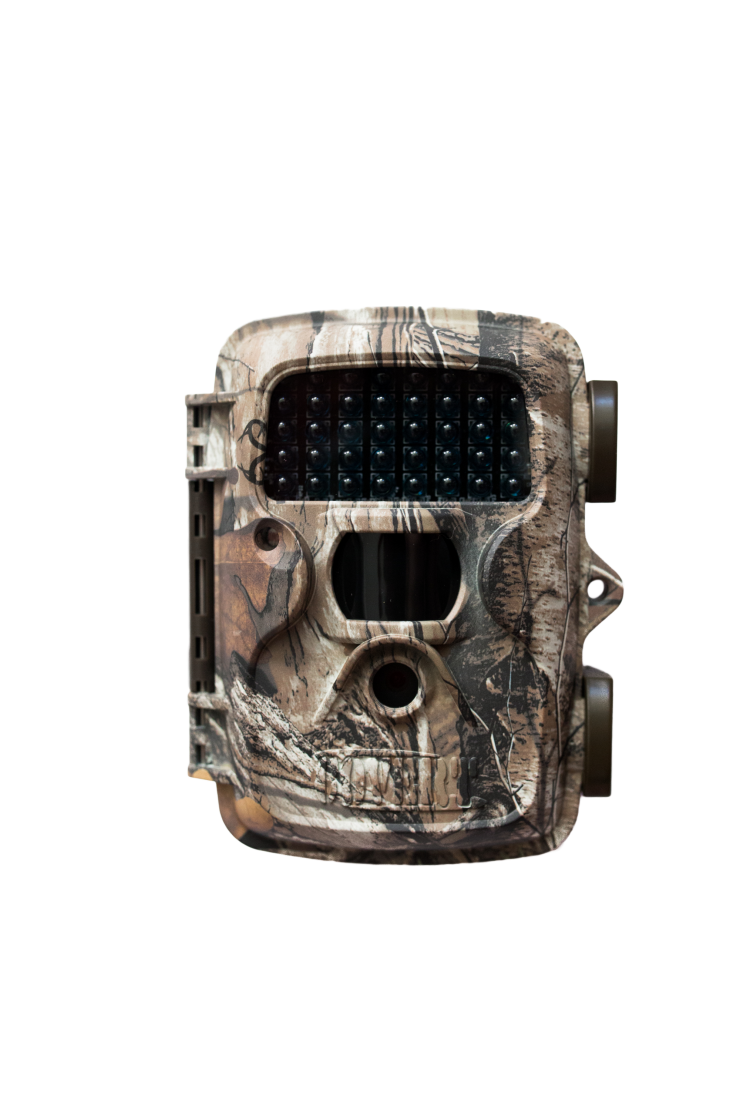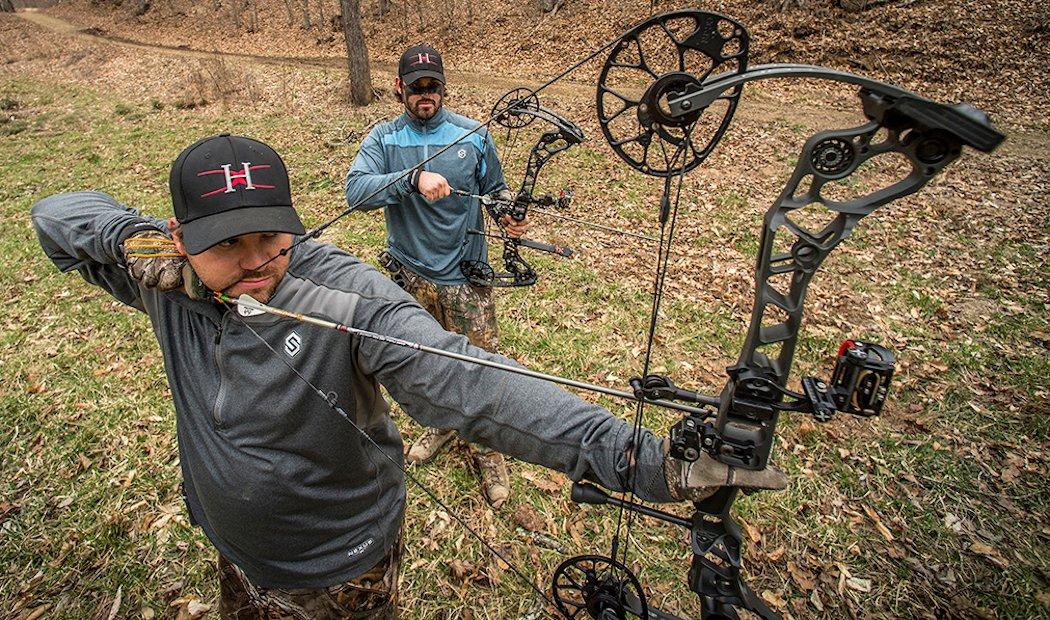Here Are a Few Pointers On Deer Hunting Early
Deer hunting is a tough endeavor. But it isn't impossible to kill big deer. Here's a few tips on how to take down a mature buck this fall.
Before the Hunt
Stretch Out Your Practice
Many preseason bowhunters stick with distances up to and including what they deem as their maximum accuracy range. Instead, if you normally practice at 25 yards, gradually extend that distance to 40 or even 50 yards, set an extra sight pin for that yardage, and then spend several days shooting at that longer distance. Once you're consistently grouping your arrows in the general kill zone area, especially the cold or initial arrow of the session, move back to 25 yards. I'll bet your accuracy at the shorter distance has improved.
Cuts Above the Rest
State foresters can be a deer hunter's best source of information. Areas recently logged are magnets that attract deer. Removing the mature trees opens the canopy and jumpstarts new, low-level growth that provides both food and cover for several game species. And winter logging produces fresh top trimmings of small limbs and twigs that deer browse heavily on. Scout these logged areas for the most heavily used deer entry and exit trails and place your stands on remaining trees along the edges of these deer highways.
Let's Hit the Diner

Scouting deer isn't exactly rocket science; the better and more plentiful the food sources, the more deer will be attracted to the area. Throw in lush fields, large or small, that are bordered by some mature white oaks and some dense edge bedding/security cover with some water, and you're in the chips. Although many prime deer habitats can be found by simply cruising the roads in late afternoon or early evening and looking for deer, others may be hidden from roadways. This is where reviewing a recent aerial map can reveal those gems that are hidden from road-cruisers' view. Polite queries to the landowners of these properties, asking about permission to bowhunt, may surprise you with a few positive responses, especially if the landowners have been experiencing deer-related damages.
Carefully Set Cameras
Since cameras are motion activated, anything that moves within the sensor area can trigger them, including a branch or weed stalk being blown by the wind. So make sure the entire sensor cone area is clear of any small limbs or high weeds, etc. that might activate the shutter each time the object moves. Models that accept compact flash or memory sticks/cards allow you to leave the camera in place while exchanging the stick or card with a blank one and then viewing the images at home. This way you can view the game activity nonstop for several days or even weeks.
On The Hunt
Homemade Curiosity
If you locate an early scrape that is being worked on a regular basis, look for the licking branch that will usually be just above it. Mix cooking vanilla and warm water in equal portions, place the liquid in a spray bottle, and squirt it in the area of the branch. Deer love the sweet smell and taste of vanilla, and regular applications of it to an early scrape area will increase the frequency and number of deer visiting it. More does visiting the scrape area will mean more bucks doing likewise as the rut intensifies.
Make Hot Scents
Want to increase the effectiveness of your attractor scent? Using a spring-loaded clothespin, attach a small chemical hand warmer and cotton ball to a limb or bush 3-5 feet above the ground and sprinkle your favorite doe-in-heat scent on the cotton. The warmth given off by the chemicals will maximize the scent and also carry it farther along any breeze or thermals and help a buck home in on your location.
Don't Fall in Love
If you're a bowhunter, it's easy to get married — married, that is, to the same areas you hunt, year after year. Sure, that big oak that overlooks a well-used funnel running to and from the alfalfa or grain field has been a great deer producer throughout the years, and may remain so, but when was the last time you saw a decent buck stroll by your treestand there?
No doubt we all have at least a few stand areas that we've become "married to" over the years — it's easy to do since we've seen and taken deer there during that span. And with access to private lands becoming an increasing challenge, it's also easy to adopt the "why bother looking elsewhere" approach. But the few hunters who continue to scout for new hunting grounds, private or public, each year are often rewarded when they stumble onto true gems — areas that haven't been hunted but harbor high deer densities and trophy bucks.
Editor's note: This article was originally published in 2005. The late Bob McNitt authored this piece and we're refeaturing it in his memory.
Click here for more deer hunting articles and videos.
Check us out on Facebook.







